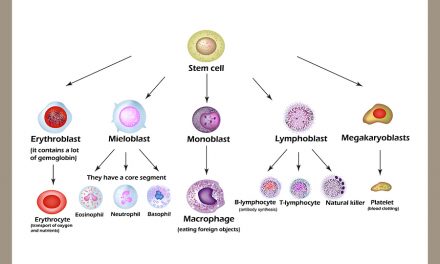We’ve spoken a lot about personal care products here at Health Nut News because what we put on our skin is just as important as what we put into our bodies. But, have you ever stopped to think about what happens to all those products we use AFTER we wash them off? Do we even stop to think that many of the active and inactive ingredients in these products pass through our wastewater treatment plants and end up in rivers, streams, and the ocean?
We can conceptualize that the remnants of these products go into sewer systems which are then carried to regional wastewater treatment plants, but the truth is that these plants weren’t designed to treat all the specialty chemicals and pharmaceuticals in personal care products.
RELATED ARTICLES:
- Green Chemistry – Moving Toward a Sustainable Future
- Study: Feeding Cows Seaweed Could Reduce Global Greenhouse Gas Emissions by 99%
- Documentary Sheds Light on Toxic Household Products
And, once those chemical and pharmaceuticals are in the environment, they can cause hormonal effects and toxicity in aquatic animals and again, they stay in our water supply; these water pollutants can be found in surface water, groundwater and even treated drinking water.
From the article:
“These reproductive effects can have important consequences for aquatic animals in the environment, and they may even represent a potential health risk for humans. Last year, the Food and Drug Administration banned the use of triclosan and a number of other antibacterial agents in antiseptic wash products due, in part, to health risks associated with hormonal effects.
Recent research has shown that oxybenzone, a sunscreen agent used in many personal care products, is toxic to corals. For many coastal communities, coral reefs are critical to local economies. For example, the net value of Hawaii’s coral reefs is estimated to be $34 billion.”
Pollutants now present worldwide
To find the remnants of these personal care products and their ingredients throughout our environment you don’t have to look hard:
- studies conducted near the Mario Zucchelli and McMurdo & Scott research bases confirmed chemicals from personal care products present in Antarctic seawater: plasticizers, antibacterials, preservatives, sunscreens, and fragrances.
- a suite of sunscreen agents and 17α-ethinylestradiol, a synthetic form of the hormone estrogen that is the active ingredient in birth control pills, in crayfish from urban streams near Baltimore, Maryland.
- measurable amounts of sunscreen in oysters and mussels collected from the Chesapeake Bay.
While these substances are normally present at concentrations of 10 to 100 nanograms per liter (the equivalent of 1 to 2 drops in an Olympic-sized swimming pool) these low levels can still pose a risk both for aquatic animals AND us. Remember, these chemicals find a home INSIDE of us as well; some of these products are lipophilic (lipid-loving) and accumulate in our fat layers and organs.
What’s the solution?
A typical wastewater treatment plant has the capacity to treat pollutants like organic carbon from human and food waste (nutrients like nitrogen and phosphorus) and pathogenic bacteria and viruses that cause disease but they aren’t equipped to handle many of the chemical ingredients present in today’s personal care products.
In order to protect the environment and our health from these substances we are going to have to grow in many areas but it’s not impossible. Around here, we love to vote with our wallets. What would it look like for you and your family to ditch chemicals in favor of “greener” cleaning and personal care products? I know the task can seem daunting but I did it a couple of years ago and I’m happier and healthier.
If you need help, check out www.ewg.com to get started. Our environment and your health will thank you for it!
Source: Valley News Live












